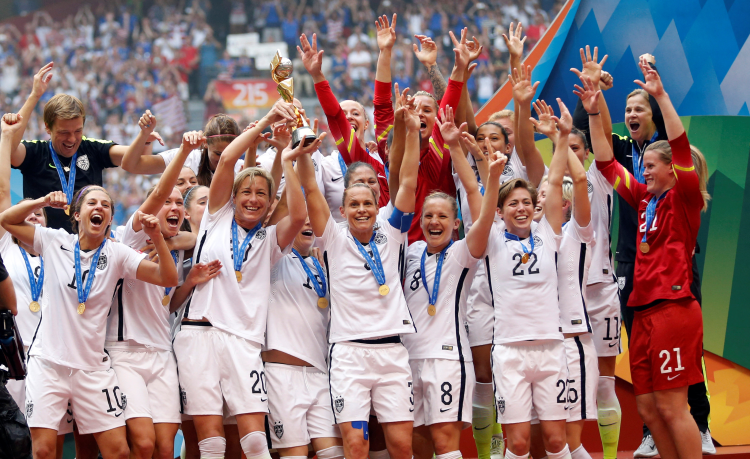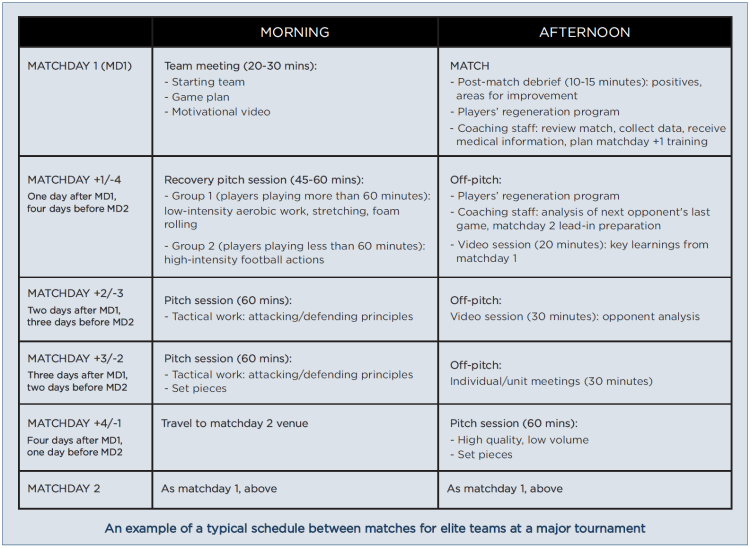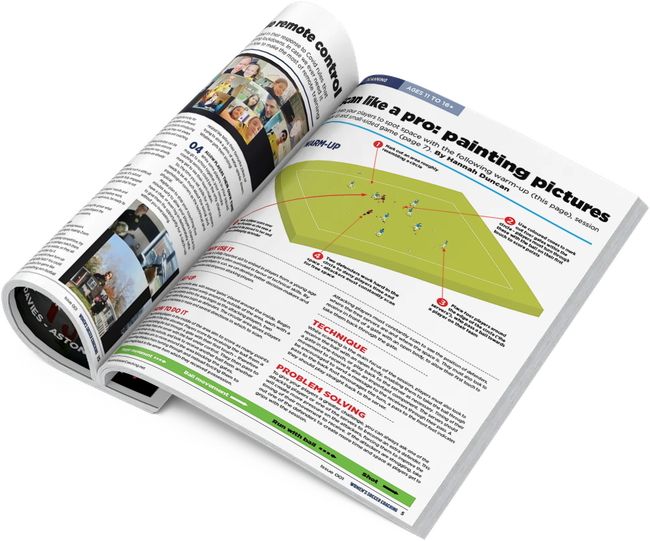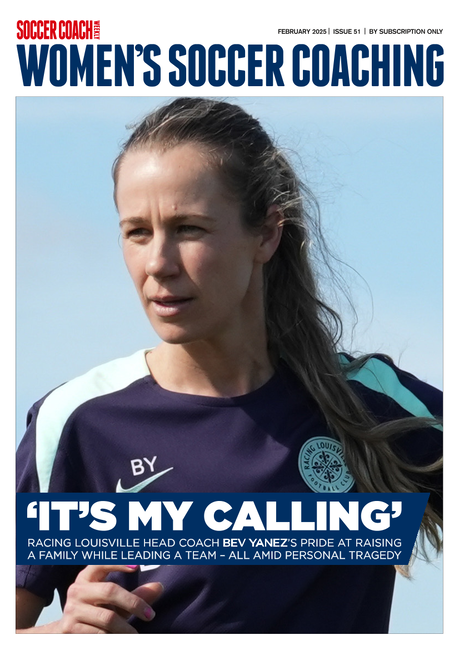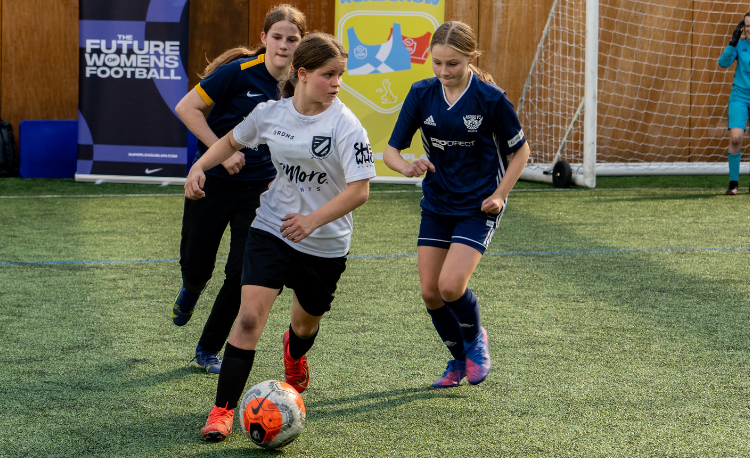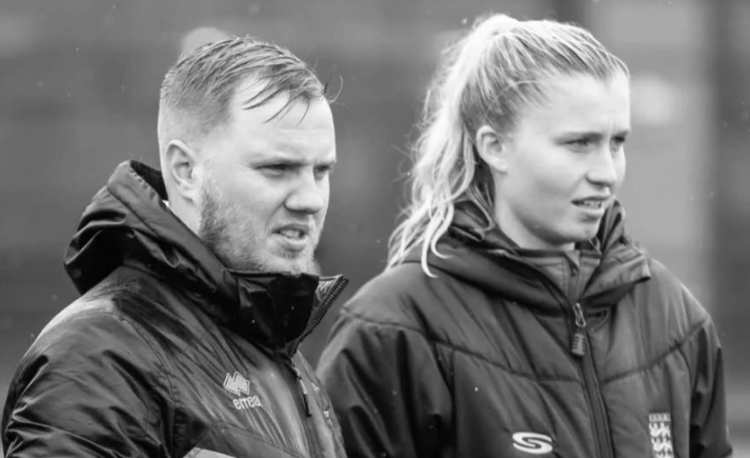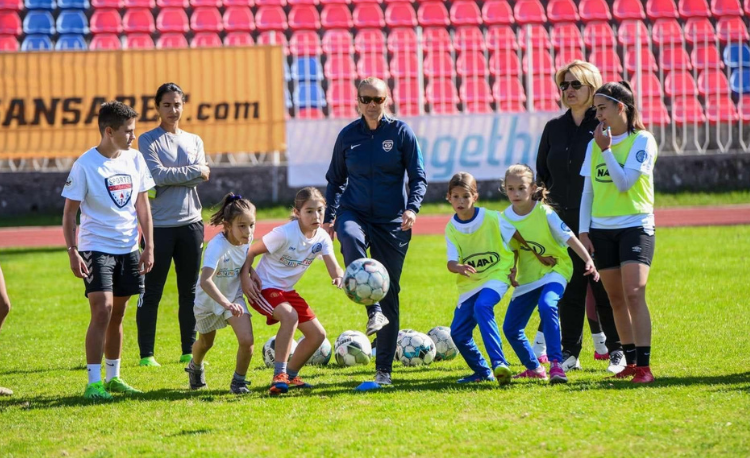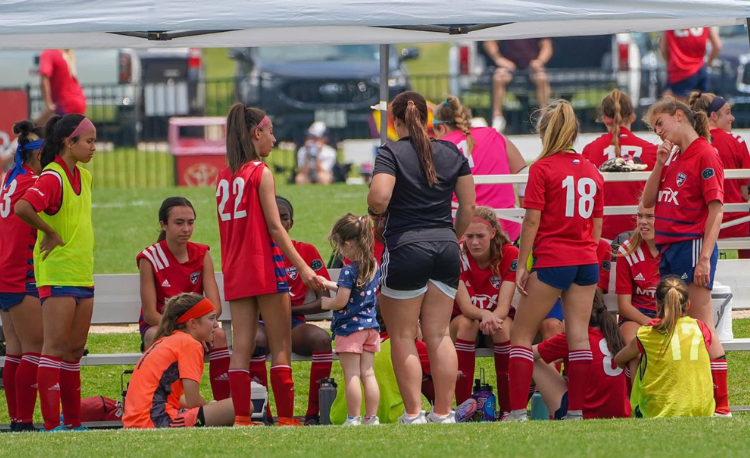You are viewing
1 of your 3 free articles
How to prepare for tournament games
Republic of Korea assistant coach Matt ross returns to his native Australia for the Women’s World Cup - and gives his advice on planning for competition play.
Tournament preparation is a delicate balance between the art and science of coaching.
The winner of this year’s Women’s World Cup will need to potentially negotiate seven different opponents in as little as 26 days.
The 32 nations must regenerate, analyse, travel interstate and focus on the next match within 96 hours.
Each opponent will bring a unique style, system and array of star players that must be countered with a bespoke tactical, psychological and physical strategy.
I want to look at how these challenges may be met in the elite stratosphere and provide coaches at grassroots level with strategies that can be implemented when preparing for tournaments.
Since the World Cup draw was made last October, coaches and analysts have distilled hundreds of hours of opponent footage into manageable content. The art of analysis is to optimise the timing, volume and method of its dissemination to the players.
Opponent analysis is concerned with deconstructing the underlying principles of play and recognising patterns of play to reduce the possibility of surprises on matchday. A gameplan is then devised to nullify the strengths of the opponent and expose their weaknesses.
"Each opponent will bring a unique style, system and array of star players..."
Self-reflection is a necessity as the opposition will, of course, have compiled an opponent analysis of their own.
Here are three key questions to begin building a profile of your opponent:
- What is the style and system of play and how can it be best disrupted?
- What principles of play are imparted and how can they be forced to be betrayed?
- Who are the key players and how can their impact be best negated?
While preparing for different opponents is fundamental, players gain confidence and belief when their strengths are emphasised over a reactive strategy. The skill in training design is to know how and when to integrate opponent information into the session.
Plan with dual objectives: to reinforce your strengths and principles of play, and present solutions to the specific characteristics of the next opponent.
An assistant coach can lead individuals, units or a shadow team to provide effective opposition.
Every minute in training should be transferable to the match and conducted at high-intensity and low volume. The lack of training time means building communication and tactical cohesion must be the priority.
The goal is to prepare a tactically astute team at their physical and mental peak for each matchday.
Above is what a World Cup schedule may look like between matches. But what should you do at grassroots level? Here are four key tips for tournament preparation:
1. Know your players
Data and technology are ubiquitous at the elite level, but all coaches possess two superior tools: knowledge of your players and your eyes. These can measure willpower, desire and grit better than any gadget.
Know which players will get a second or third wind, play through a niggling injury or handle the pressure of a last-minute penalty.
This knowledge applies when delivering opponent analysis: Who will want a detailed deconstruction of their direct opponent and who will perform better playing off instinct?
2. Prioritize
Acknowledge that you cannot cover every aspect of the game within the timeframe.
Use diagrams, animations or videos for time-extensive, low-return exercises like throw-in movements or kick-off variations, instead of longer pitch sessions.
Your coaching style may have to be more autocratic as there is no time for a democratic or guided discovery approach.
Have a clear idea of your starting 11 and best 14 players from the outset and work with them on the higher-order pillars of football: communication and game insight.
3. Develop your principles of play
Ensure principles of play are simple and clear. Principles are independent of systems and your team should understand and communicate in this accepted common language.
Players will hold on to these principles to survive difficult periods and adapt more easily to different opponents.
4. Solve football problems
Design learning experiences that force your team to solve specific football problems posed by different opponents.
Conversely, explore ways to cause problems for the opposition: Should you press or drop off? Mark tight or zonally? Pass on or track runners?
Coach solutions on how to build up against one, two or three forwards or break down a low block while protecting against a counter-attack. Also, coach variations to press a back three or four with one or two holding midfielders and train how to defend against one or two strikers, midfielders running deep or underlapping centre-backs.
Use your opponent analysis as the starting point and reverse engineer to create passing and possession exercises, phases of play and 11v11 exercises that paint realistic pictures for your players.
Preparing for different opponents at a tournament is an intense but vital component of modern coaching.
The goal of analysis is to provide the coach with a platform to build an informed gameplan. The periodisation of training sessions, video sessions and player meetings provides the stimulus for the players to synthesize the information needed to perform on matchday.
The beauty of soccer is that there is no ‘one size fits all’ model that guarantees success. As coaches we must constantly reflect and refine our tournament methodologies. Good luck on your journey!
Related Files
Newsletter Sign Up
Newsletter Sign Up
Discover the simple way to become a more effective, more successful soccer coach
In a recent survey 89% of subscribers said Women's Soccer Coaching makes them more confident, 91% said Women's Soccer Coaching makes them a more effective coach and 93% said Women's Soccer Coaching makes them more inspired.
*includes 3 coaching manuals
Get Inspired
All the latest techniques and approaches
Women's Soccer Coaching offers proven and easy to use soccer drills, coaching sessions, practice plans, small-sided games, warm-ups, training tips and advice.
We've been at the cutting edge of soccer coaching since we launched Soccer Coach Weekly in 2007, creating resources for the grassroots youth coach, following best practice from around the world and insights from the professional game.
